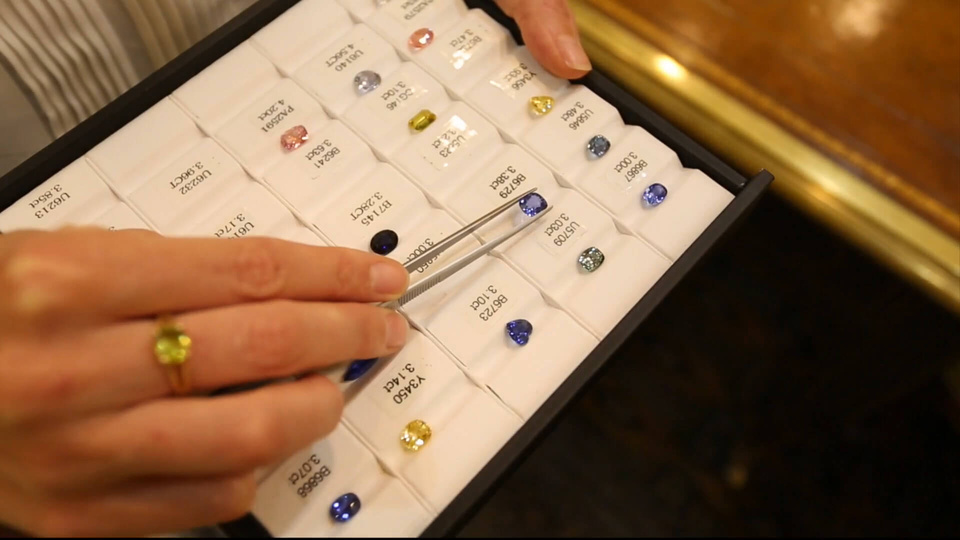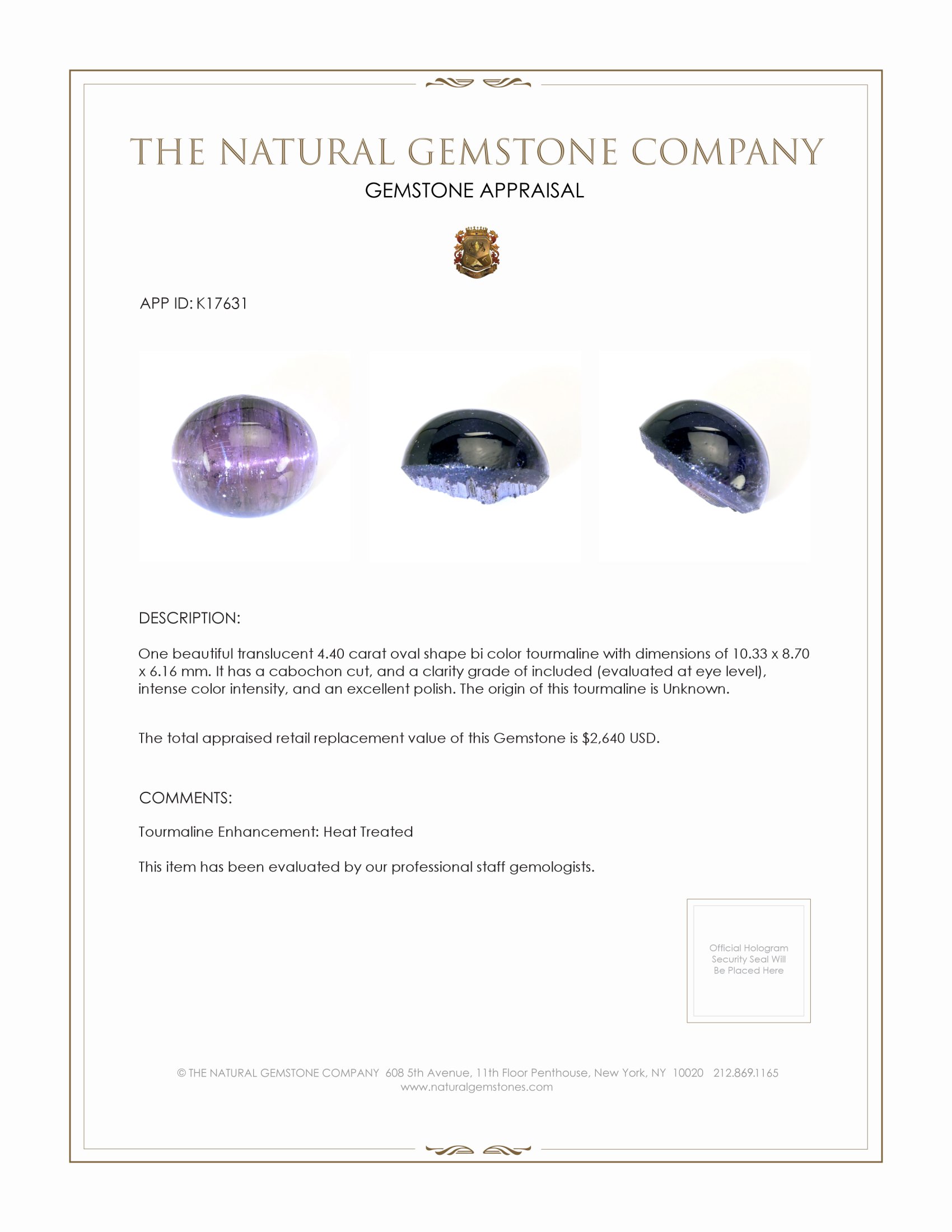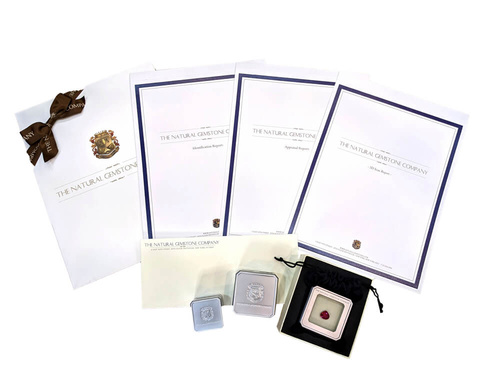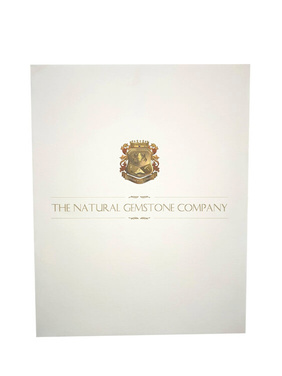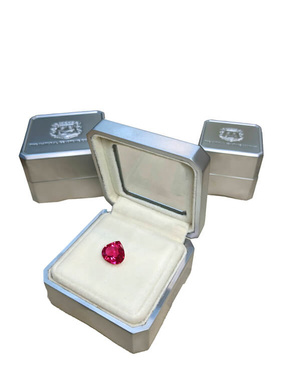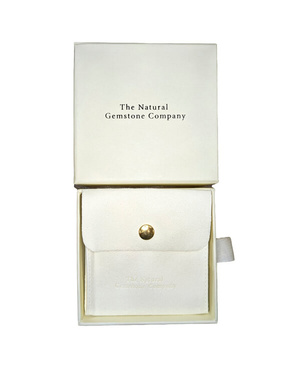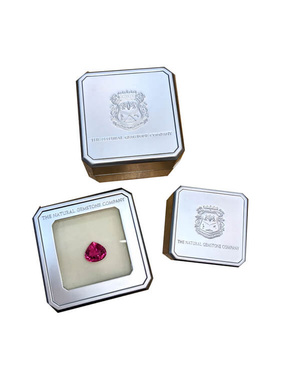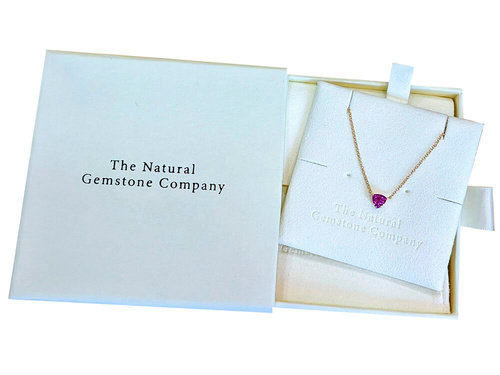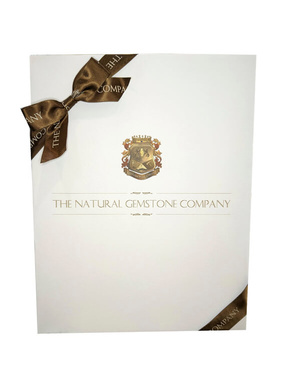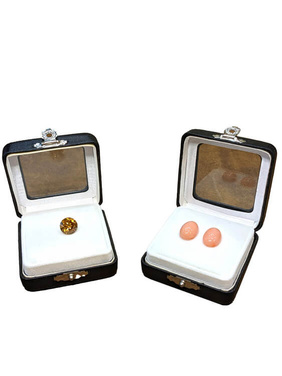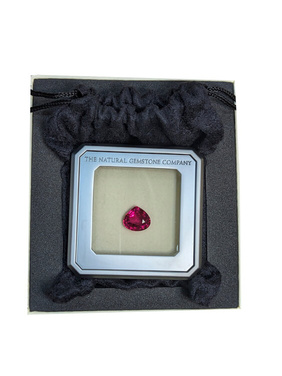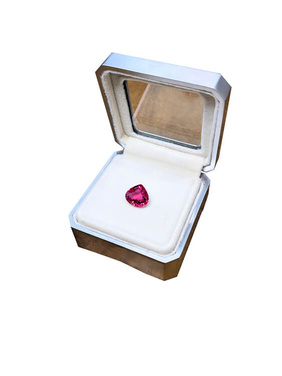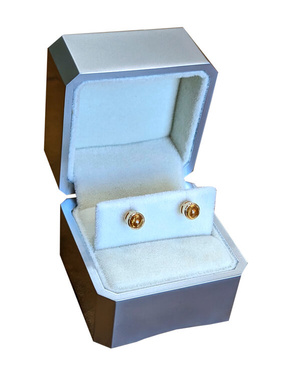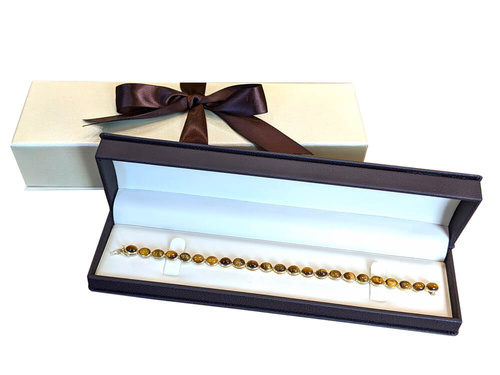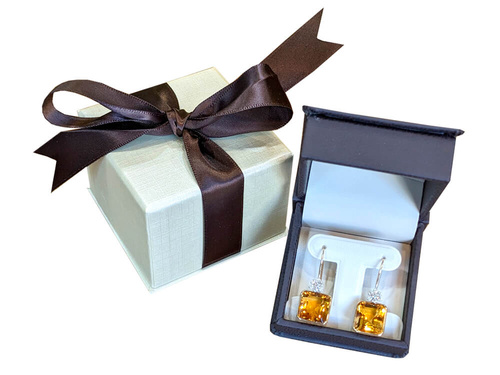- Stone16
- Reports3
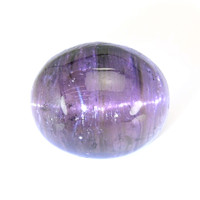

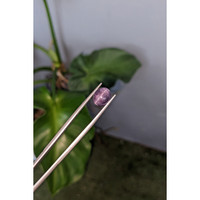
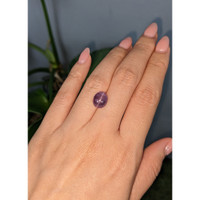
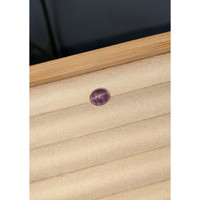
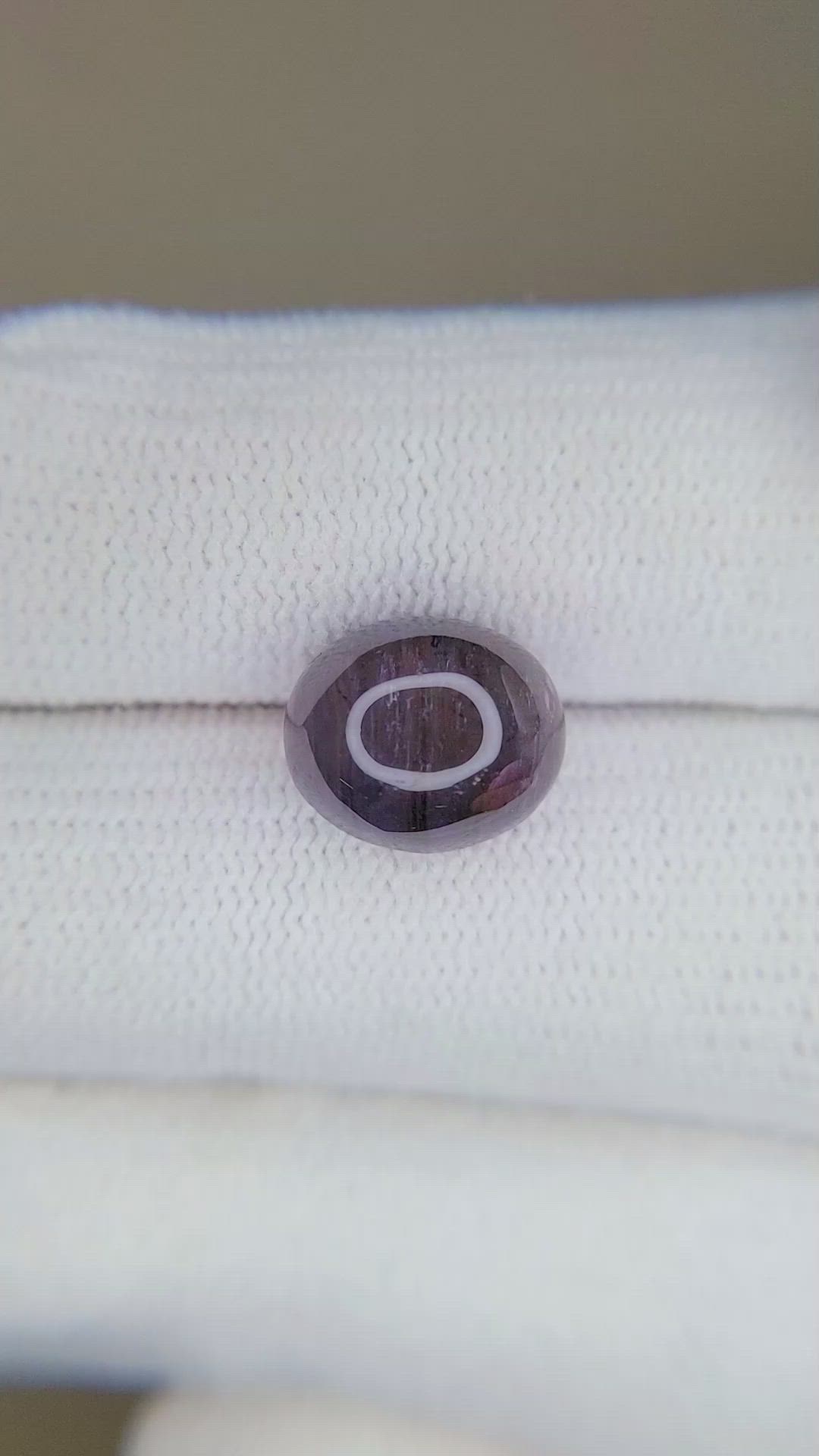
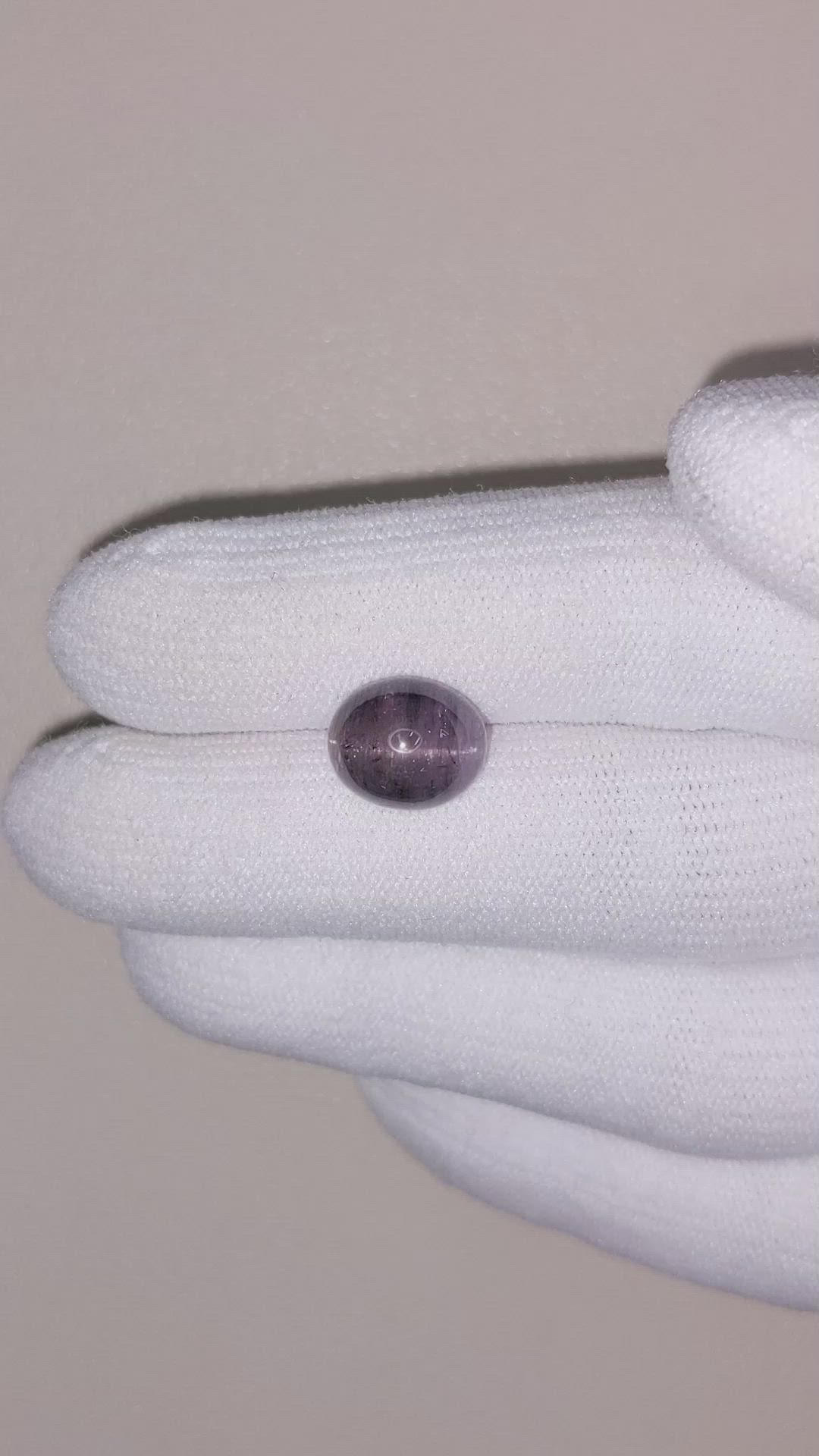
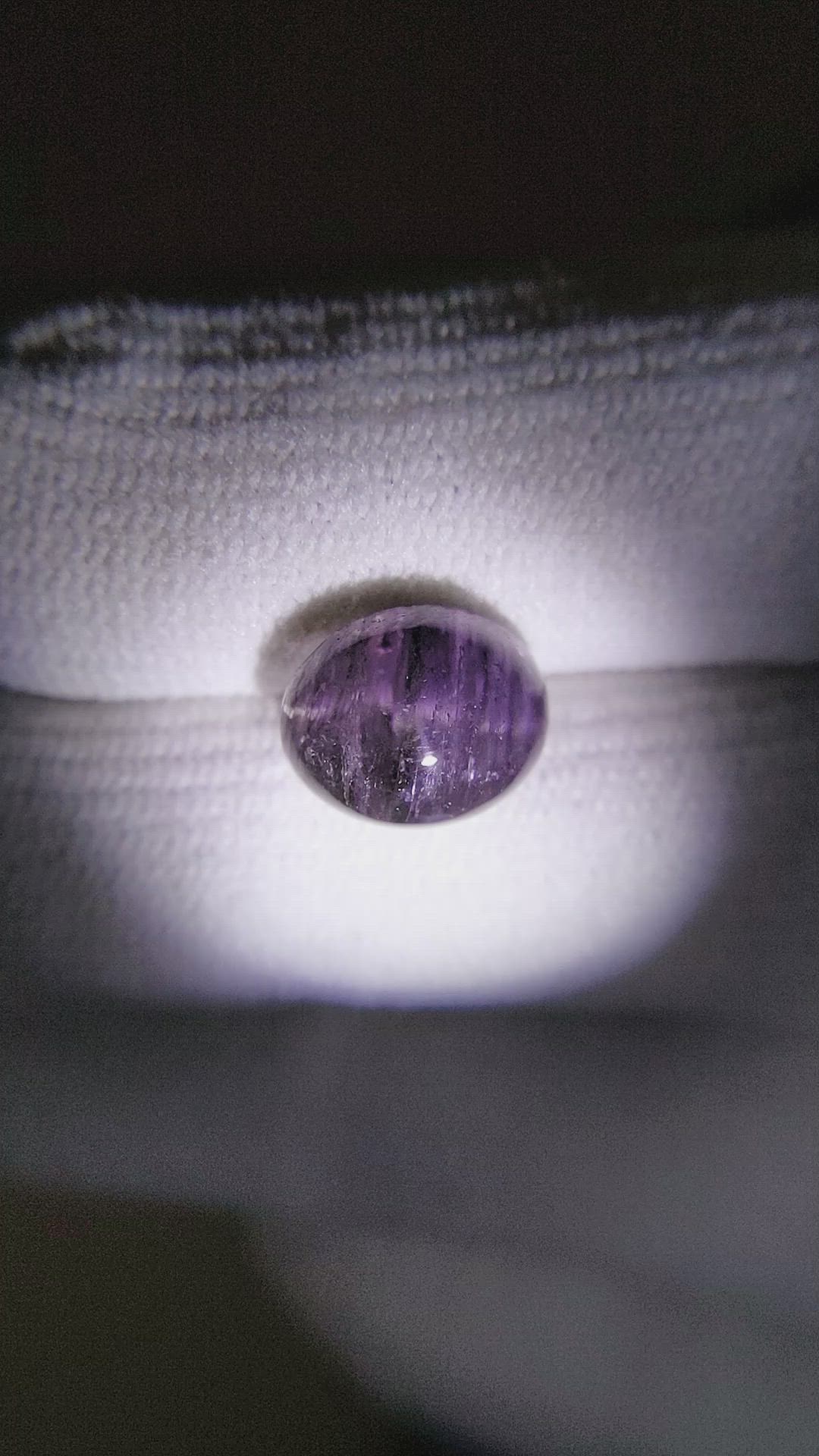
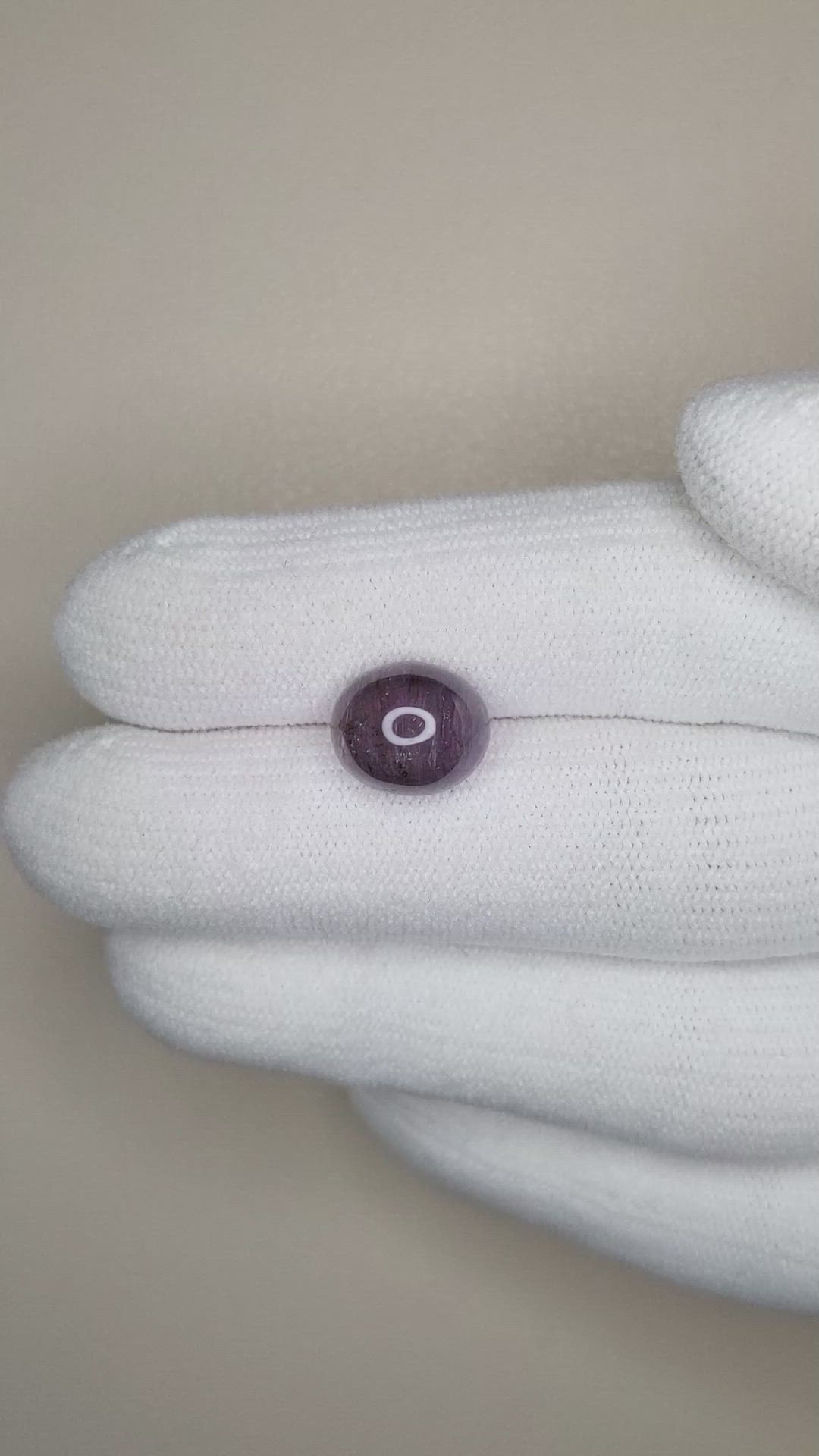
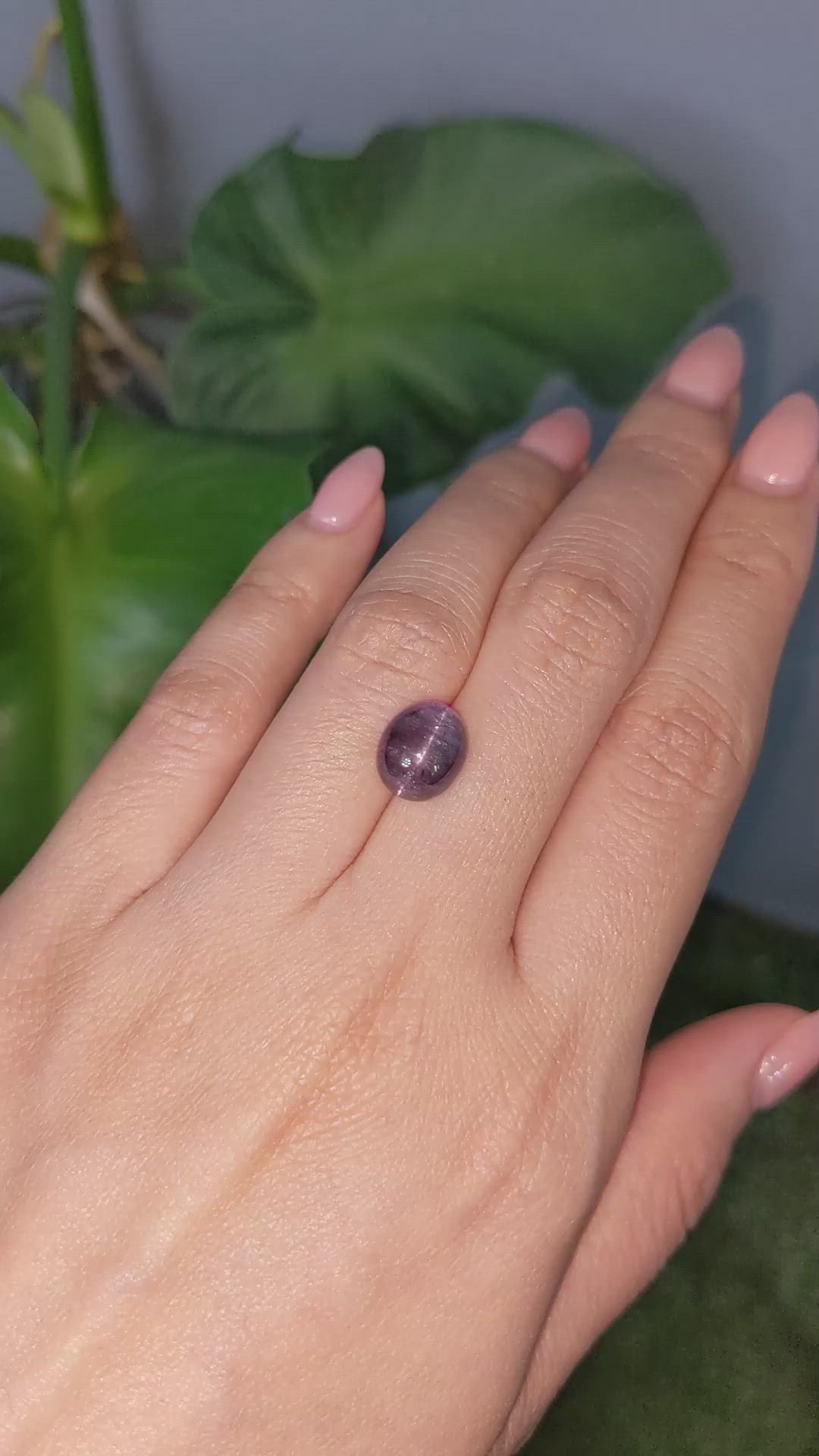
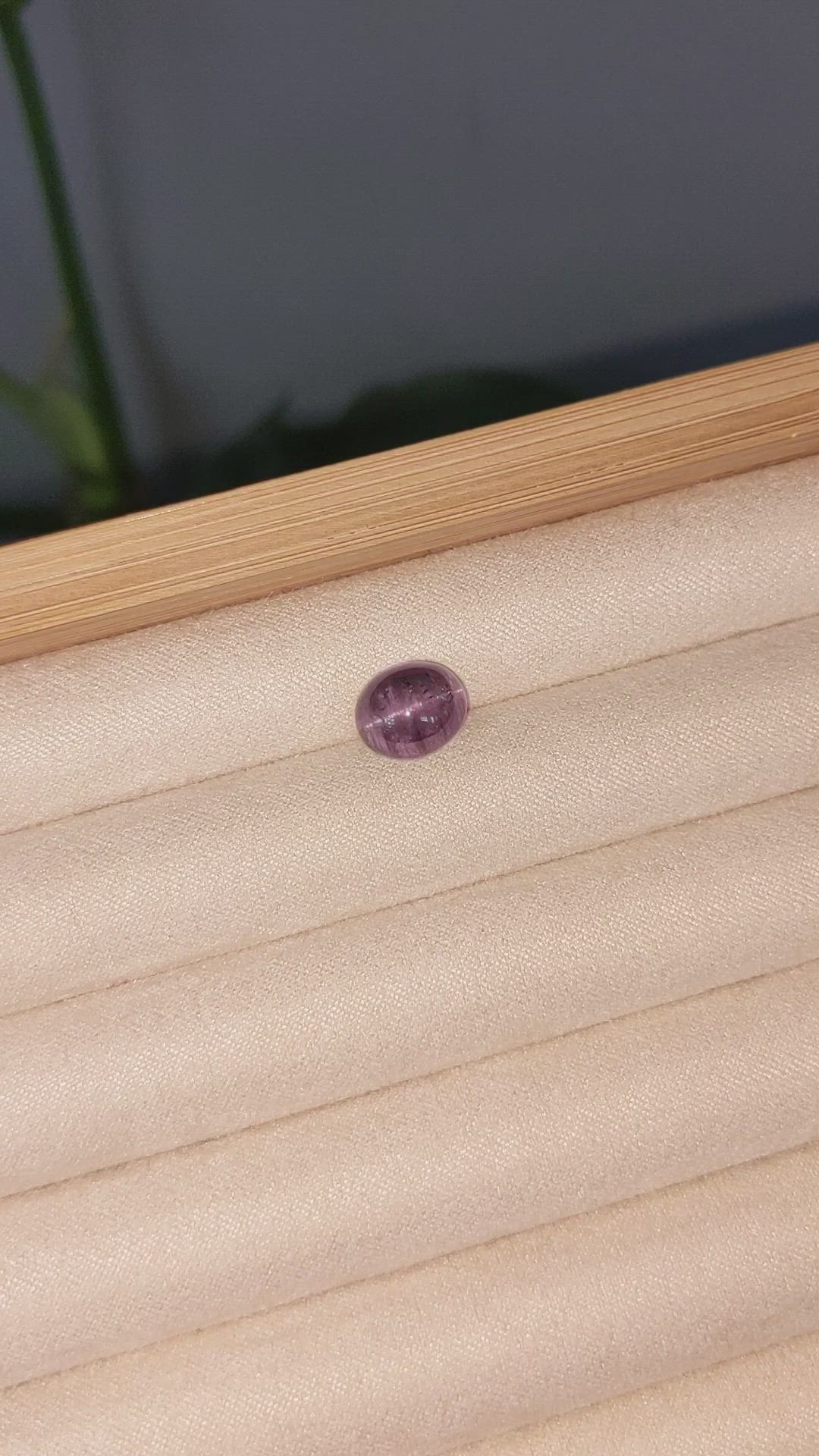
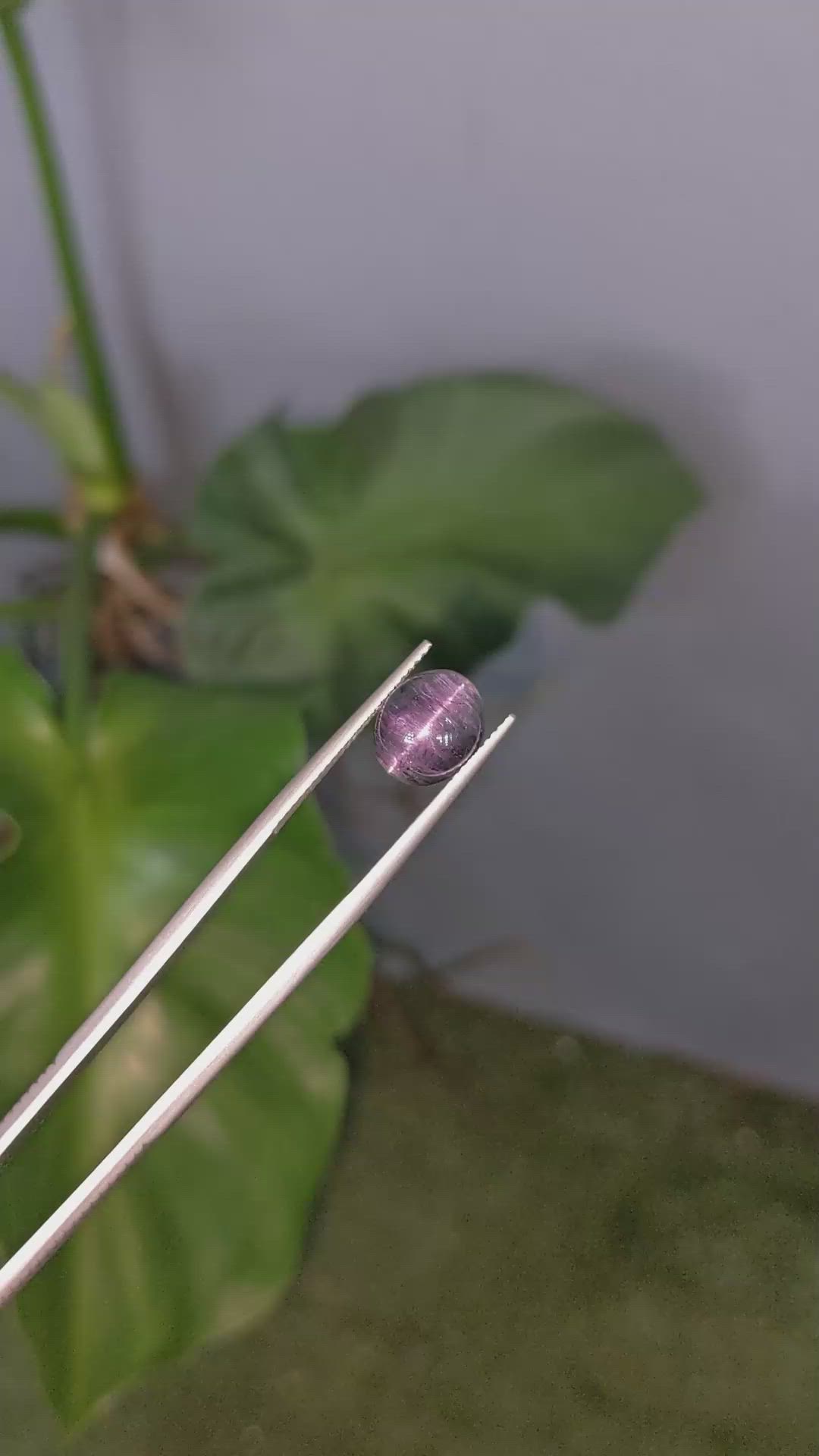

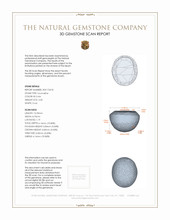
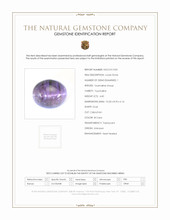
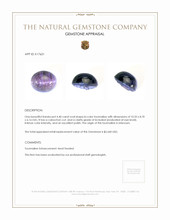
4.40 Ct. Cabochon Tourmaline
This loose stone is available to ship now
Item ID: | K17631 |
|---|---|
Dimensions (MM): help | Length: 10.33 Width: 8.7 Height: 6.16 |
Weight: | 4.40 Ct. |
Color: help | Bi Color |
Color intensity: help | Intense |
Clarity: help | Included |
Shape: help | Oval |
Cut: | Cabochon |
Cutting style: | Cabochon |
Enhancements: help | Heat Treated |
Origin: help | Unknown |
Per carat price: help | $600 |
One beautiful translucent 4.40 carat oval bi color tourmaline is presented by The Natural Gemstone Company, a fine example of how natural complexity and careful cutting can combine to create a gemstone with both character and technical interest. The gem measures 10.33 by 8.70 by 6.16 millimeters, and is fashioned as a cabochon, a form that emphasizes color, internal features, and surface luster rather than faceted scintillation. The stone exhibits intense color intensity across a distinct bi color division, and it has been evaluated with a clarity grade of included at eye level, which means that inclusions are visible without magnification but are part of the stone's natural character. The polish on the dome is excellent, allowing light to enter and reflect effectively from its interior, and the gem has been heat treated, a conventional and well documented enhancement used by cutters and dealers to stabilize and intensify color. The origin of this tourmaline is unknown, which does not detract from its gemological properties, but it is an item that will appeal to buyers who value a dramatic color presence and a substantial cabochon form for use in rings, pendants, or collector pieces.
From a gemological perspective, tourmaline belongs to a complex borosilicate mineral group with a trigonal crystal system, a broad chemical variability, and a range of optical properties that drive its appeal. Typical refractive indices for tourmaline fall in the range of approximately 1.624 to 1.644, and the mineral commonly exhibits measurable birefringence, which means that light entering the crystal can split into rays with slightly different velocities. Tourmaline is also known for strong pleochroism, the property by which different crystallographic directions display different colors or intensities, and this is particularly important for bi color material where two hues coexist within a single crystal. The heat treatment noted for this specimen is a routine method for modifying color centers and for reducing undesired brownish or muddy tones, thereby bringing out clearer, more saturated hues. For an educated buyer, these parameters provide useful information about how the stone will behave under different lighting conditions and how it may interact with other design elements in finished jewelry.
Although cabochon cutting does not produce the same facet induced scintillation associated with brilliant cut stones, this bi color tourmaline displays a distinctive type of sparkle and visual liveliness that arises from its internal structure, pleochroism, and high quality polishing. The cabochon dome concentrates and redirects light across the color zones, creating shifting color flashes as the stone or the observer moves, and the intense polish maximizes specular reflection at the surface. Internally, parallel growth zoning and color banding can act as planar interfaces that produce constructive and directional reflections, while small oriented needlelike inclusions or fluid growth features can scatter light in a way that produces a soft shimmer. When the dome is illuminated, light penetrates the surface, is refracted according to the tourmaline refractive index, and encounters internal color zones and inclusions, some of which reflect light back toward the viewer with a degree of coherence that can be perceived as sparkle or sheen. The result is a kind of depth and three dimensional color play that is different from faceted brilliance, and in certain lighting the contrast between intense color zones and translucent areas gives the appearance of an animated surface, an effect that serious collectors and designers prize for its unique visual signature.
For an informed purchaser considering this 4.40 carat bi color cabochon, there are several practical considerations that support its value and potential as a wearable or collectible gem. The included clarity grade means the stone has visible inclusions, but in cabochon material these features often add character and can enhance optical effects such as chatoyancy or layered reflections, depending on inclusion orientation. The intense color and excellent polish are primary value drivers, especially given the substantial size and classic oval silhouette that is efficient for setting. Heat treatment is disclosed, which is an important factor in valuation and resale, because routine thermal enhancement is widely accepted when properly declared, and it stabilizes and improves color without compromising structural integrity when performed within industry norms. Origin unknown is a neutral attribute from a technical standpoint, though provenance documentation can increase collector interest and marketability, and buyers seeking origin information may ask The Natural Gemstone Company for assistance with laboratory testing or additional documentation. We recommend settings that allow light to enter the dome from the sides, such as open back bezels or semi open designs, to fully exploit the stone's pleochroic and internal reflective behavior, and we encourage clients to request additional detailed imagery or to commission a gemological report if they require formal certification. The Natural Gemstone Company stands behind the description and disclosure of this tourmaline, and we are available to advise on mounting, care, and long term preservation so that this distinctive cabochon can be enjoyed for years to come.

